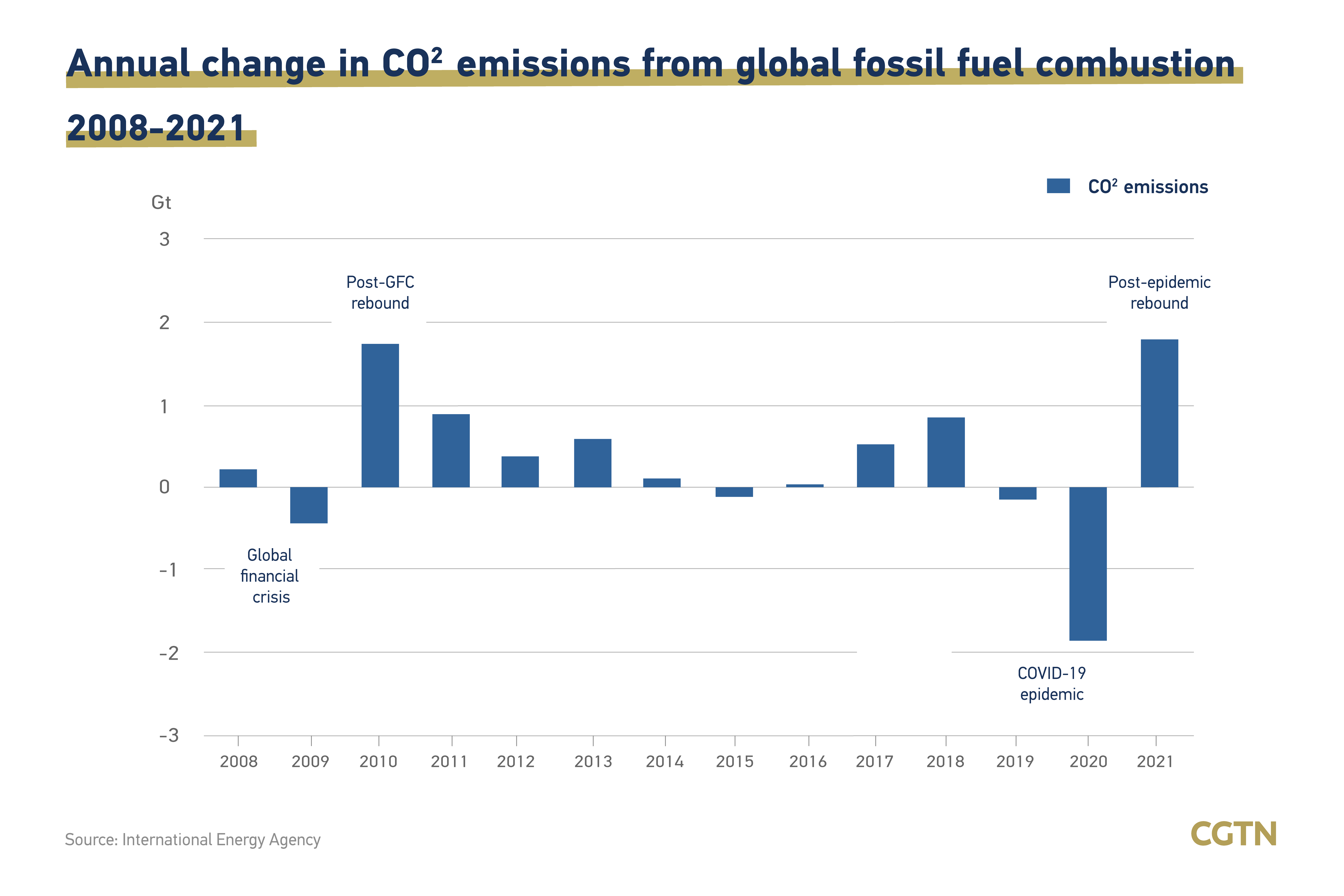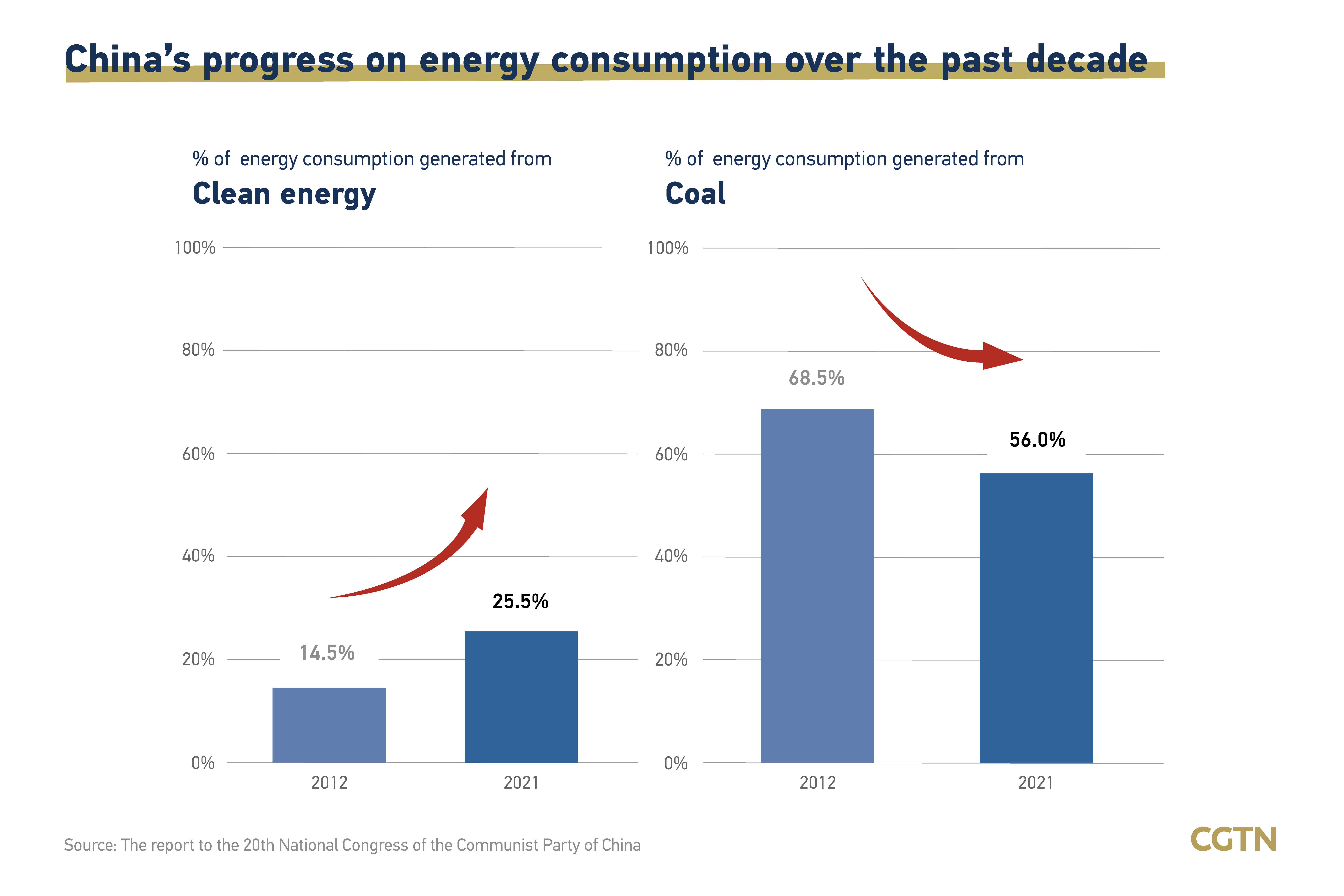Today is the sixth anniversary of the signing of the Paris Agreement on climate change by more than 190 countries at COP21 (one year was skipped because of COVID-19). The 2022 United Nations Climate Change Conference, more commonly referred to as COP27, will be held from this Sunday to November 18.
What is COP?
COP stands for "Conference of the Parties." In June 1992, 154 countries signed the United Nations Framework Convention on Climate Change (UNFCCC) to stabilize greenhouse gas concentrations in the atmosphere to combat "dangerous human interference with the climate system." Since then, the term COP has come to be associated with the meetings of the UNFCCC. COP meetings have been held almost annually to assess progress in dealing with climate change.
The Paris Agreement is one of the extensions of the original treaty to establish legally binding limits on emissions. The long-term goal is to try and limit global warming to 2.0 degrees Celsius above the pre-industrial temperatures, preferably limiting the increase to 1.5 degrees Celsius. COP26 in 2021, which marked five years since the signing of the Paris Agreement, culminated in the Glasgow Climate Pact, which kept the goal of curbing global warming to 1.5 degrees Celsius. For the first time, nations were called upon to phase down unabated coal power and inefficient subsidies for fossil fuels, according to UN Climate Change.
Global CO2 emissions
The Emissions Gap Report 2022 released by United Nations Environment Programme (UNEP) showed that we are now far from the Glasgow Climate Pact goal of limiting global warming to well below 1.5 degrees Celsius.

Global fossil CO2 emissions in 2021 rose to around 1.8 Gt above the pre-pandemic level of 2019, according to the International Energy Agency. In absolute terms, this puts 2021 above 2010 as the largest ever year-on-year increase in energy-related CO2 emissions. There was a decrease of 5.4 percent in CO2 emissions in 2020 due to widespread lockdowns in response to the COVID-19 pandemic.
The report found that only an urgent system-wide transformation can deliver the enormous cuts needed to limit greenhouse gas emissions by 2030: 45 percent compared with projections based on current policies to get on track to 1.5 degrees Celsius and 30 percent for 2 degrees Celsius.
China's actions on emission reduction
China has set a goal of peaking carbon dioxide emissions by 2030 and achieving carbon neutrality by 2060.
China has made significant progress in the low-carbon transition.

In 2020, China's carbon emission intensity decreased by 48.4 percent compared to 2005, exceeding the target it had pledged to the international community. In 2021, the share of coal use in its primary energy mix dropped to 56 percent from 68.5 percent in 2012 and 72.4 percent in 2005. Meanwhile, the proportion of clean energy in its total energy consumption reached 25.5 percent, according to the report to the 20th National Congress of the Communist Party of China.
As the Outline of the 14th Five-Year Plan (2021-2025) mentioned, China will accelerate the development of non-fossil energy and build a clean, low-carbon, safe, and efficient energy system to enhance energy supply capabilities. China now has nine large-scale clean energy bases providing photovoltaic power, hydropower, onshore wind power, and thermal power for the country.
In 2021, China's installed capacity of renewable energy exceeded 1 billion kilowatts, with that of wind, solar, hydro, and biomass energy all ranking the first in the world.
Moving forward, China will work with all parties to actively participate in the global governance of climate change, and stay committed to a green and low-carbon path to development and make coordinated efforts to reduce pollution and carbon emissions.